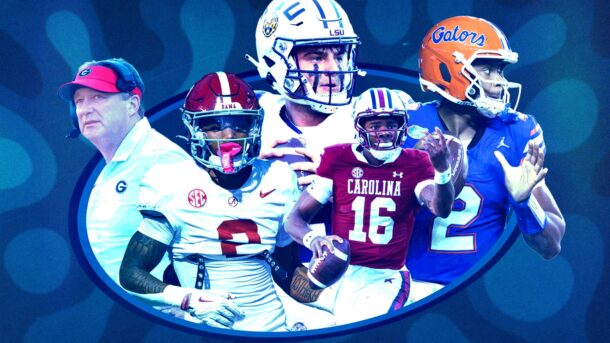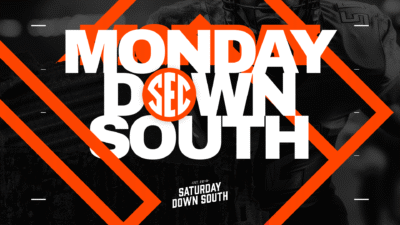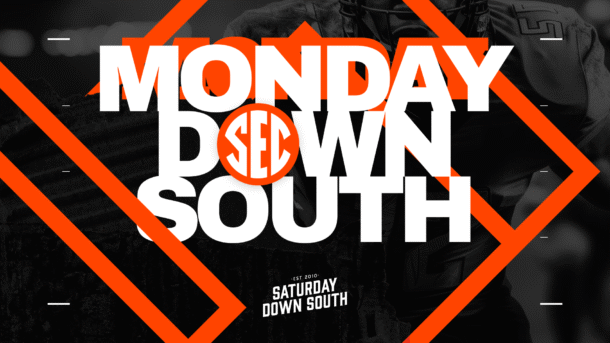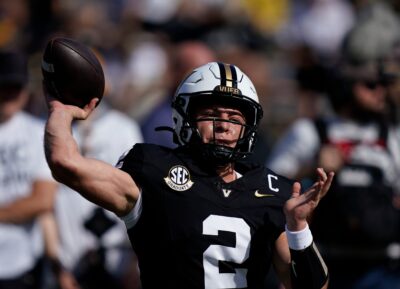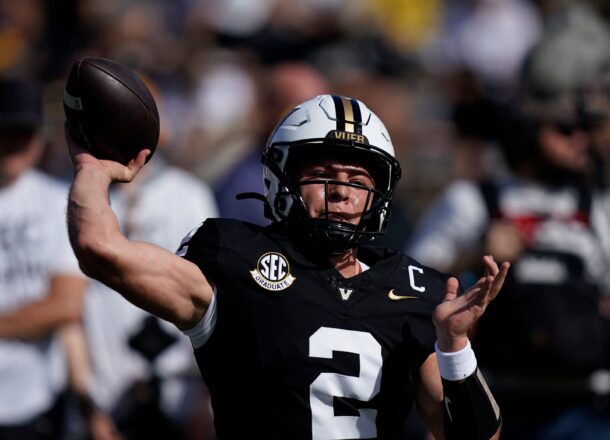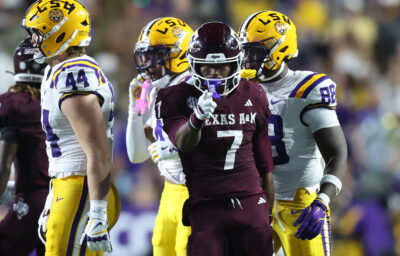
Five weeks ago, Ole Miss and Texas A&M looked poised to legitimately pressure Alabama for the SEC West crown.
The Aggies lost on the road to Alabama before Mississippi State ended their once-legitimate College Football Playoff hopes last week. Meanwhile, Ole Miss lost three straight SEC contests to the likes of Arkansas, LSU and Auburn. However, anyone paying attention to the SEC last week knows that season-ending injuries at the quarterback position headlined last week’s contests for both Ole Miss and Texas A&M.
Trevor Knight (Texas A&M) and Chad Kelly (Ole Miss) had been lighting up the SEC with superb quarterback play. Knight’s shoulder injury opened the door for Mississippi State to pull one of the biggest upsets of the season. Kelly’s ACL tore after standing in the pocket to deliver a pass in what would be an Ole Miss win against Georgia Southern.
With arguably the two best quarterbacks in the conference sidelined this week, this intensely important game takes on a different feel.
Ole Miss sits at 4-5 with games against Vanderbilt and Mississippi State left on the schedule. Mississippi State’s upset over Texas A&M added intensity to the upcoming Egg Bowl — should the Bulldogs beat Arkansas, the Egg could well represent bowl-eligibility for either team.
If Texas A&M can survive against Ole Miss as well as develop an offense without Knight, it could wind up with a 10-win season and be headed to a New Year’s Six bowl game.
Here are the key advantages both teams should have.
When Ole Miss has the ball
Ole Miss pass attack vs. Texas A&M pass defense: Tight end Evan Engram might be the best receiver in the entire country this year. His ability to burn linebackers and safeties compliments his ball skills and route-running experience to make him an absolute nightmare for defenses.
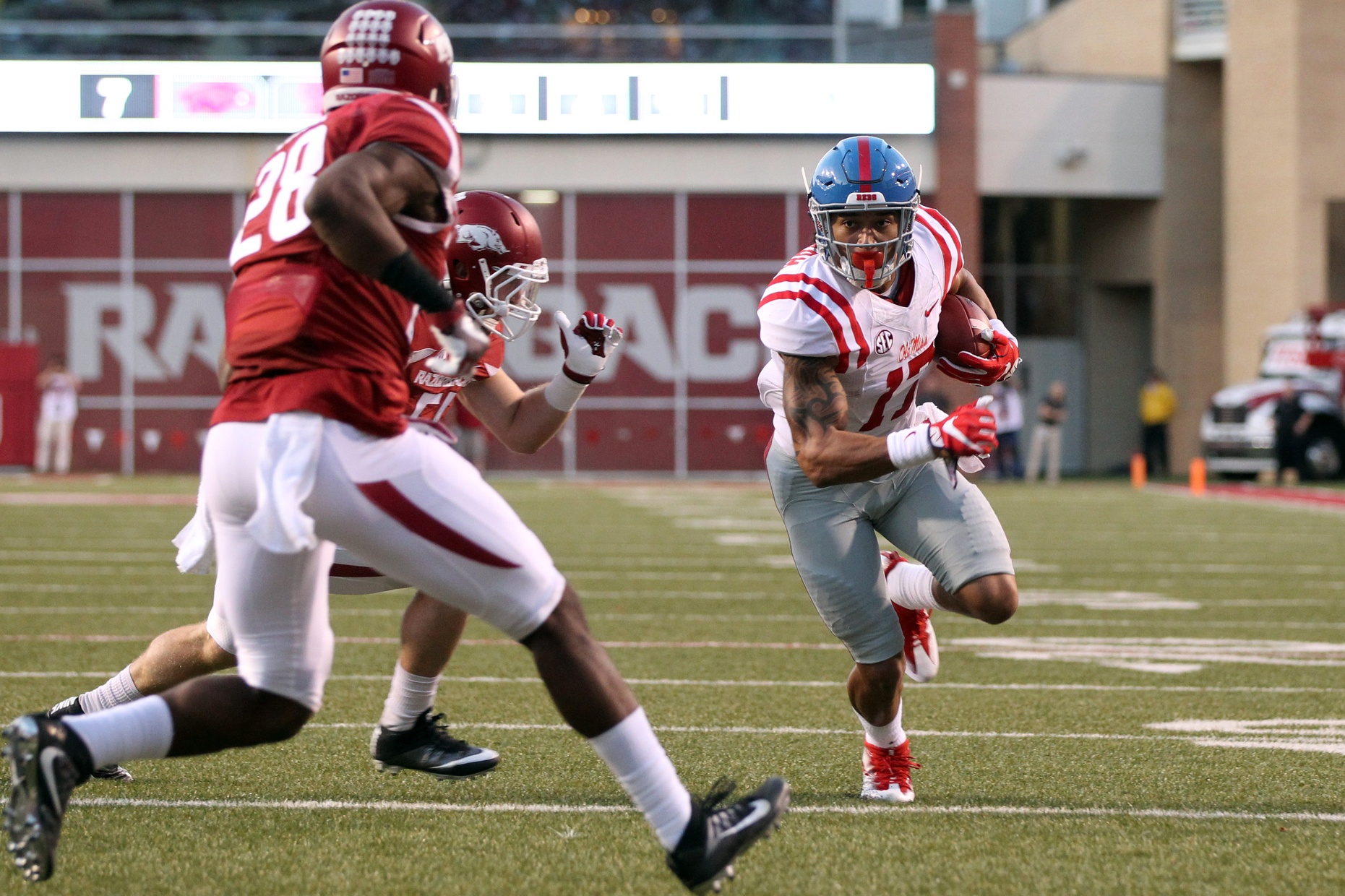
Other than Engram, the Texas A&M secondary only need worry about Quincy Adeboyejo … and Damore’ea Stringfellow … and Van Jefferson … and A.J. Brown, etc. Even with the loss of Kelly, Jason Pellerin/Shea Patterson will be able to lean on schematic matchup advantages in the passing game.
EDGE: Ole Miss
Ole Miss rush attack vs. Texas A&M rush defense: Ole Miss’ rush attack has been essentially non-existent from the outset of the 2016 season. This is partially due to an injury and a suspension in the backfield, partially due to the offense Hugh Freeze prefers and partially due to the success of Kelly. Should Freeze start Pellerin, Ole Miss could open up options on the ground and thus put pressure on the secondary. Should true freshman Shea Patterson get the nod, it’s unlikely that the ground game would improve beyond what it was with Kelly. Regardless, Texas A&M has experience at the linebacker position. They also have perhaps the best football player in the country in Myles Garrett. Ole Miss is young and predictable on the ground, regardless of who takes the snap.
EDGE: Texas A&M.
When Texas A&M has the ball
Texas A&M pass attack vs. Ole Miss pass defense: The Aggies and the Rebels boast arguably the two best receiving corps in college football. The Aggies don’t have the depth that the Rebels do, but they have more speed on the outside. Josh Reynolds, Christian Kirk, Ricky Seals-Jones and Speedy Noil comprise perhaps the most diverse receiving corps in college football.
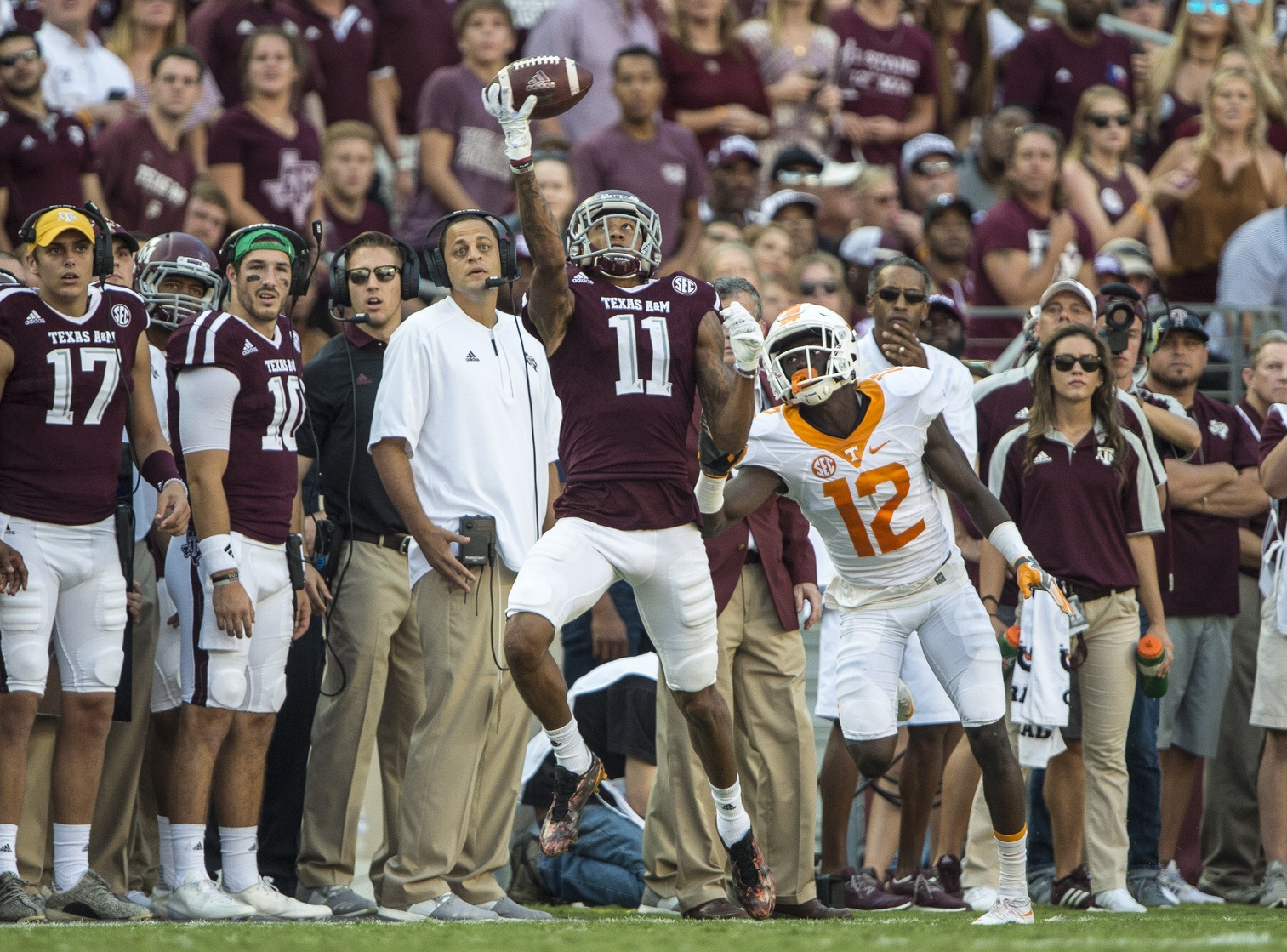
Aggies quarterback Jake Hubenak, like Pellerin/Patterson, will lean on the talented pass-catchers to help establish himself as a passer. This advantage is compounded by the inability of the Ole Miss secondary to win man-to-man coverage battles following the Week 1 injury to Ken Webster.
EDGE: Texas A&M.
Texas A&M rush attack vs. Ole Miss Rush defense: This doesn’t require much explanation. Ole Miss struggles in the trenches, and the linebackers struggle to fill gaps and make tackles. Texas A&M uses two backs (Trayveon Williams and Keith Ford) and perennially boasts one of the best offensive lines in the country. Texas A&M doesn’t even need to gain a ton of yards on the ground for the rush to be advantageous. Ole Miss needs to commit safeties either to zone coverage or to stopping the run — they can’t do both.
EDGE: Texas A&M
Special teams
When Ole Miss punts to Texas A&M: Christian Kirk is arguably the most dangerous returner in the country. In 2016, Kirk has returned three punts for touchdowns, including a 93-yarder last week that cut Mississippi State’s lead to 14 just before halftime. Under Freeze, Ole Miss is 12th in the SEC in punt coverage (13.6 yards per punt allowed) and is one of three SEC teams to allow a punt return TD.
EDGE: Texas A&M.
